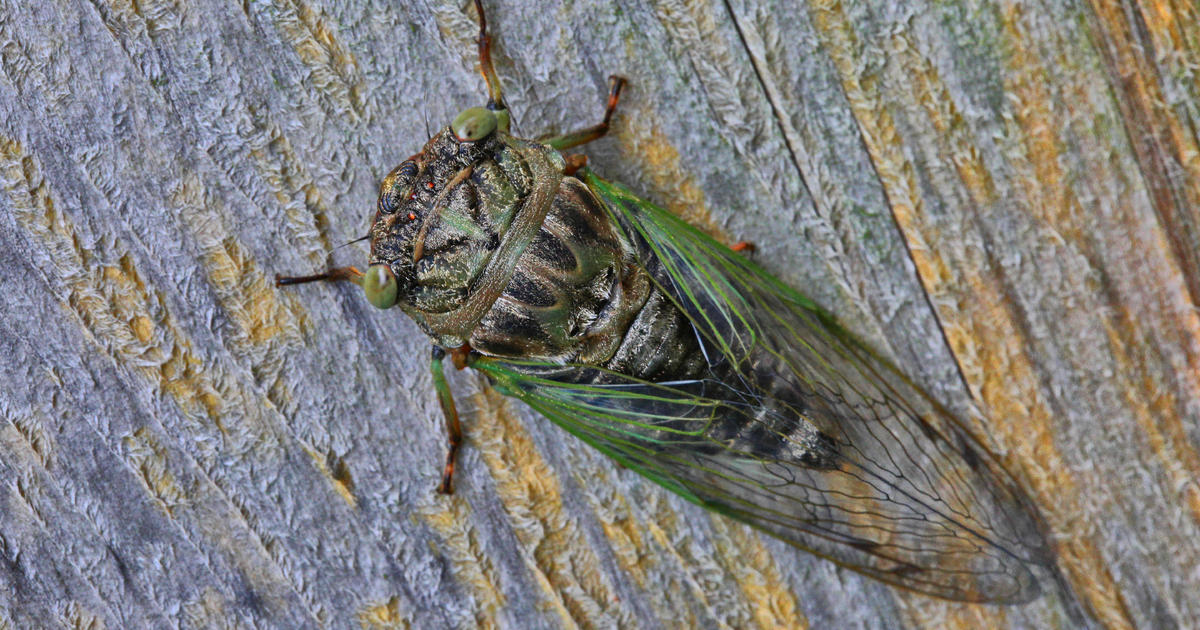Bubble Barrier May Protect MN Waters From Asian Carp
MINNEAPOLIS (WCCO) -- It may sound like a bubble bath for Asian carp, but the underwater device being tested at a University of Minnesota research lab is hardly meant to be a spa.
The device produces a wall of bubbles that doesn't soothe the fish – it scares them away. Underwater, the sound is deafening, putting out a thick curtain of sound that can reach about 130 decibels. That's roughly the equivalent to a human standing within one foot of a jackhammer.
Dan Zielinski, a research student at the University of Minnesota, said the carp are extremely sensitive to the sound created by the flurry of bubbles.
"They're all very sensitive to sound and that's why this is such a novel idea," Zielinski said. "Because it's a simple way to create sound underwater."
On March 2, a destructive bighead carp and its close cousin, a leaping silver carp, were netted by commercial fisherman Tim Adams in the Mississippi river near Winona. The catch sounded an alarm with conservationists and natural recourse experts as proof that one of their worst fears was coming true.
To defend against a further migration upstream, the state is investigating the viability of both bubble barriers and electric walls that deter the fish. But if those devices can't be built in time, federal legislation has now been introduced that would slam the doors shut on the upper St. Anthony Falls navigational lock.
The legislation was introduced by Sen. Amy Klobuchar along with congressmen Erik Paulsen and Keith Ellison.
"These fish are a menace, and it's critical that we take quick and decisive action," Klobuchar said.
But the clock is ticking. The Deputy Commissioner of the Minnesota Department of Natural Resources, Dave Schad, said the fish are already in Minnesota waters.
If the carp are allowed to penetrate Minnesota's lakes, rivers and streams, it would put in imperil the state's $11 billion tourism industry.
That's why work has begun on raising the drop at the Coon Rapids dam. The drop will prevent the carp from jumping into the upper pool and continuing to make their way upstream.
If Silver and Bighead carp breach the dam, it's an easy swim up the Rum River and into Lake Mille Lacs.
Gary Botzek, the executive director of the Minnesota Conservation Federation, said the carp are dangerous because they jump out of the water and they have enormous appetites.
"They're the most onerous, because they fly, and all of them eat many times their weight in nutrients in the water that we need for walleye, pan fish and everything else that's in the water," Botzek said.



